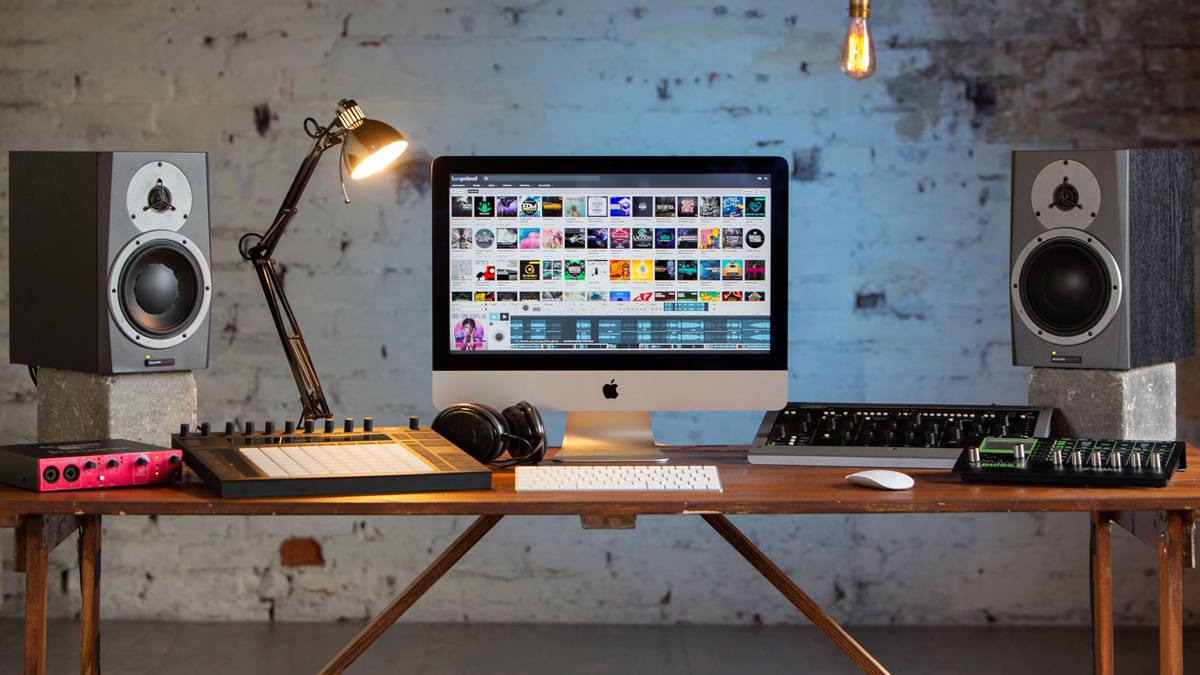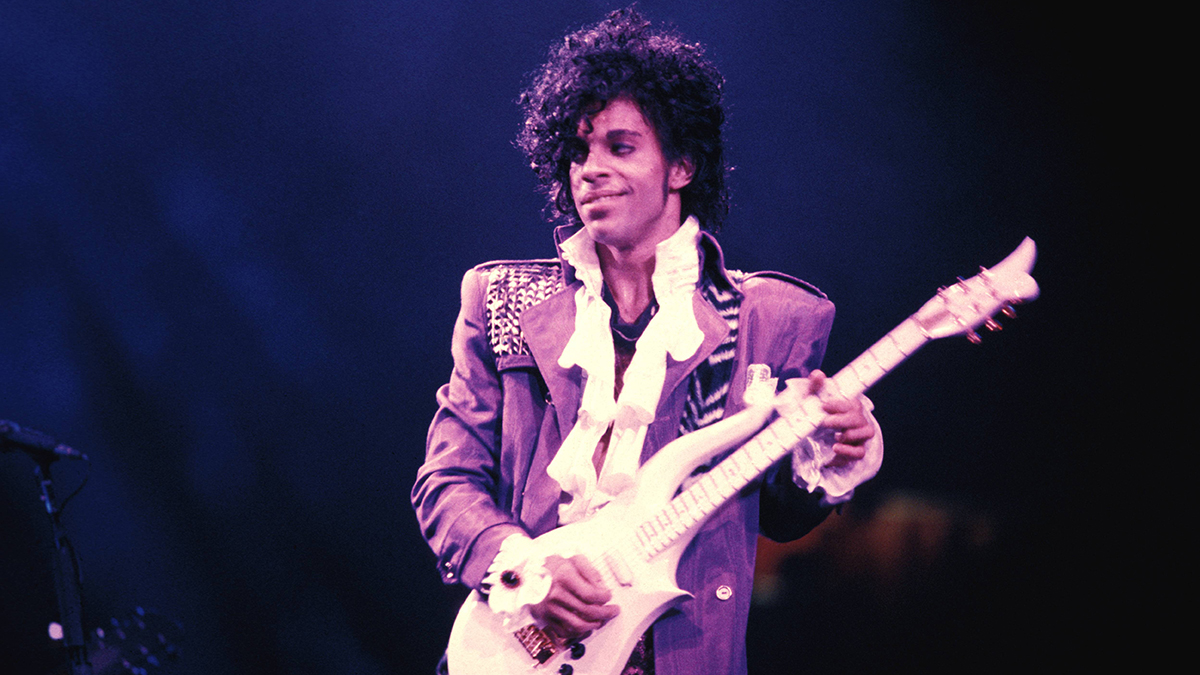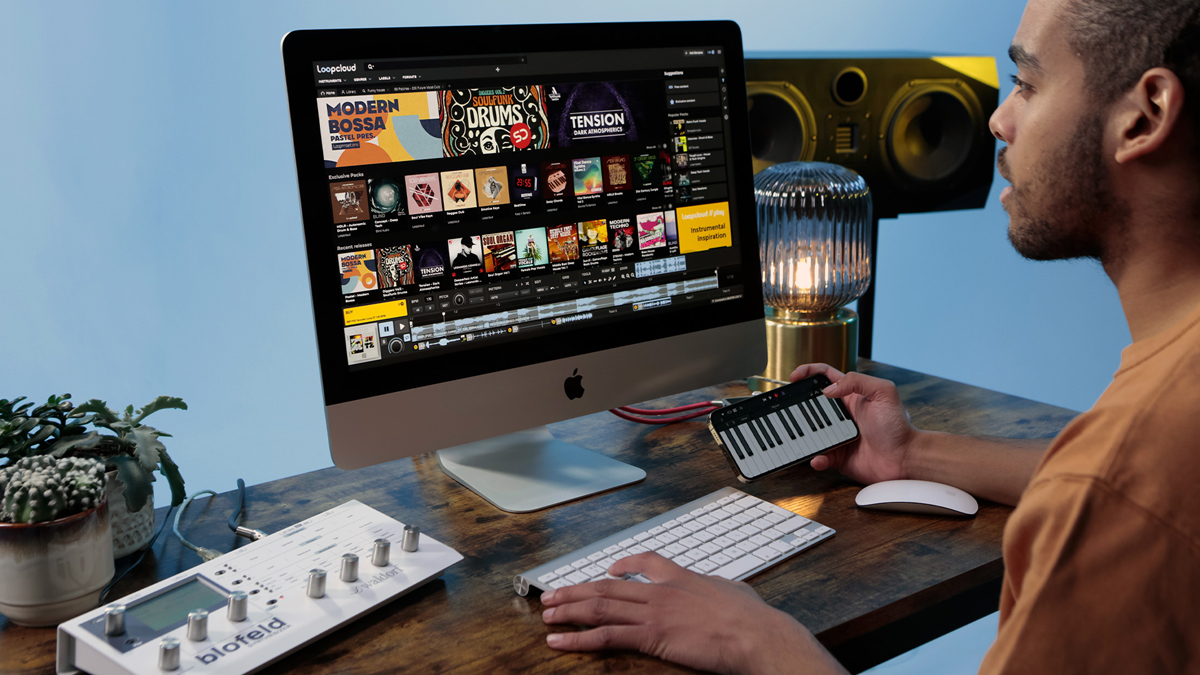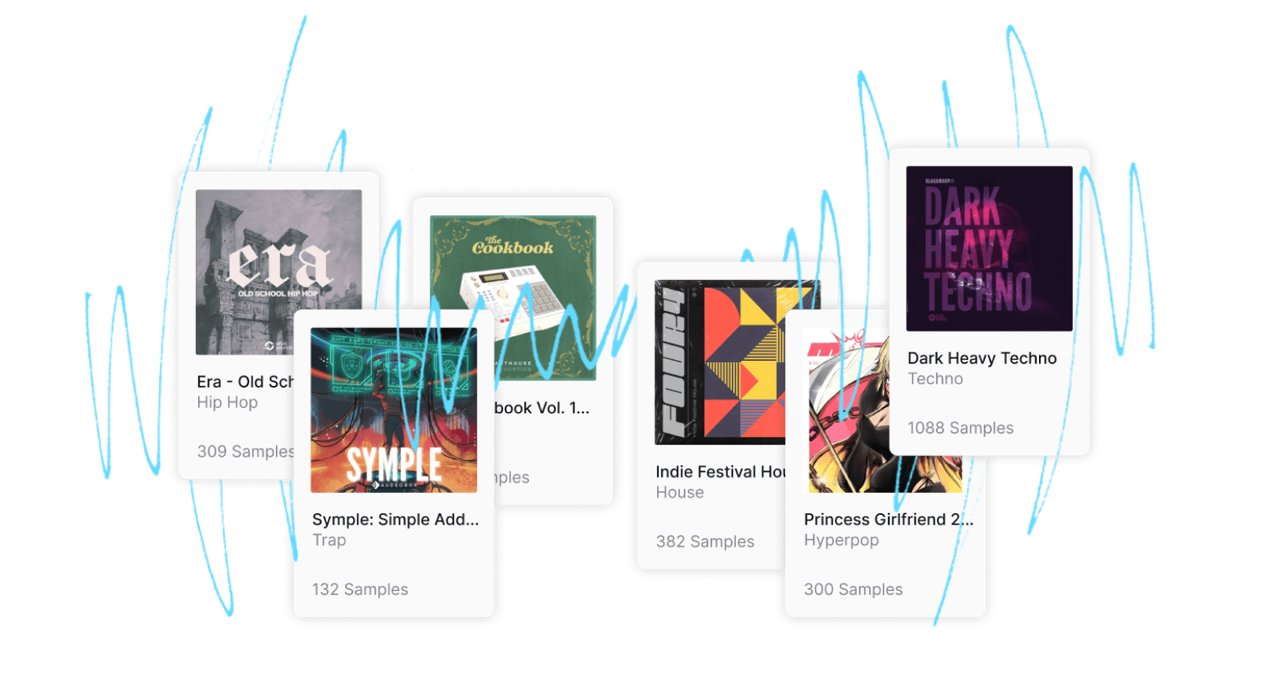
What would you think if I told you your favourite song used loops lifted from Splice? Would you think it was cheating - or would you want to know what the pack and sample were so you could hear it for yourself and try to figure out how they manipulated it in the song?
If you’re the former, you’re not alone. Producer Afrojack railed against Fred Again.., who used Splice loops in his song Ten, in an interview with podcast XLNTSOUND, "It's based off three Splice samples," said Afrojack. "To me, that was disappointing when I found out. I love Fred Again.., and he's super talented but when I found out that was a sample, I was like…"
Fred Again.. is not the only high-profile artist to use samples. According to the Richmond Journal of Law and Technology, 20% of all songs on the Billboard Top 100 featured pre-made samples in 2018, with the number escalating to 66% when looking at albums in the Billboard Top 50.
While these figures doesn’t differentiate between samples taken from pre-existing records and sample packs, it’s fair to say that the use of pre-made loops is more ubiquitous than you might realise.
Sabrina Carpenter’s Espresso is a big one. There’s also Friends by Marshmello & Anne-Marie, So U Know by Overmono, DJ Snake’s Taki Taki featuring Selena Gomez, and on and on.
It’s not a new phenomenon either. Love In This Club from Usher was made out of Apple Loops back in 2008, while underground techno classic LFO by LFO features a 909 loop pilfered from a Simon Harris sample record.

Afrojack is presumably disappointed with Fred Again.. because he used readymade loops as opposed to samples - Afrojack after all, has been known to sample a record or two in his time - (Who Sampled has the current count at 36).
What’s the beef with loops then? “The fact that I did not design these sounds makes me feel like I'm cheating,” lamented a Reddit user on the r/edmproduction subreddit. “Whether I am using a drum fill or a synth designed by someone else, I feel like because I did not make it, I must be cheating.”
Unless you’re doing everything yourself, the mindset goes, you’re not being creative. And yet this is largely at odds with pretty much the entire history of music-making, which has seen a huge range of artists borrow liberally from one another in all kinds of ways. Using loops, then is not cheating, it is part of a well-established creative process.
'Good artists borrow, great artists steal'
There’s a famous saying that’s often attributed to Pablo Picasso: “Good artists borrow, great artists steal.” Whether he coined the phrase or not is up for debate; what is not is that creatives have always taken inspiration from the work of others - and often boldly.
You might think of classical music as being precious and above things like plagiarism, but the contrafact is just that: a piece of music that is based on a prior one.
This goes as far back as the 16th century. Modern variations on it include John Cage’s 1969 composition, Cheap Imitation, which used randomness to alter Socrate by John Satie.
It’s a big part of jazz too, with new melodies being composed over existing chord progressions. Even The Beatles, those paragons of creativity, used it: Abbey Road's dreamy Because is based on Beethoven’s Moonlight Sonata (albeit played in reverse). Was John Lennon cheating when he flipped Ludwig Van? Very few would say so.
Taking things even further is Jamaican dancehall and the whole culture of 'riddims'. Basically the musical backing tracks for songs, riddims are the beats that deejays (dancehall vocalists) toast over. Instead of making new riddims for every song, producers would reuse not only the same basslines and percussion pattern but the actual backing tracks.
In the digital era, riddims were often based on keyboard presets, like the Casio MT-40 forming the basis of the Sleng Teng riddim. Want to steal a riddim? Just buy the keyboard.
Examples like this exist throughout the history of music, from folk standards to punk chord progressions. “Only 12 notes, well, a man can play,” said the Beastie Boys on their sample-crafted masterpiece, Paul’s Boutique, which is made up almost entirely of bits of other people’s songs.
You don't have to do it all yourself
It's well known that Prince was a genius who could play pretty much any instrument. Guitar, bass, keyboards, drums, you name it. Tame Impala’s Kevin Parker is similarly talented. The band largely exists to translate his self-recorded songs into a live setting. But these musicians are the exception, not the rule. For the history of recorded sound, artists have brought in session musicians to flesh out arrangements with parts that they couldn’t play themselves.
One of the most famous examples of this is Pet Sounds by The Beach Boys, widely considered one of the greatest records ever made. Brian Wilson used the crack team of session musicians known as the Wrecking Crew to play most of the (often unusual) instrumentation. It may have been credited to The Beach Boys, but they weren’t the folks playing the instruments.
As solo music producers, we can’t do everything - and nor should we be expected to. You don’t need to learn to play the flugelhorn if a song calls for it. Forty years ago, you’d call in a flugelhorn player. In the 21st century, you grab a flugelhorn loop. That’s what it’s there for. It wasn’t cheating in 1966 and it’s not cheating now.

Using loops is creative
Sampling is an established part of modern composition and music production. There are entire genres based around sampling, from hip-hop to drum and bass. While some diehard purists may call De La Soul’s 3 Feet High And Rising or DJ Shadow’s Endtroducing… cheating, most would agree that they are high watermarks of modern music. Yet the same techniques of sample manipulation that make them creative can also be applied to loops.
Loop provider Splice talked about four different ways to use samples creatively on its site. You can apply these methods just as easily to loops lifted from dusty old records as to ones gleaned from an online sample pack.
The first method is using a loop as is. Sometimes you get lucky and the key, phrasing, and timing magically line up with the elements in your track. So where’s the creative part? Well, just recognising that a loop will work and choosing it is a creative act. In fact, both Splice and Loopcloud offer technology to assist with this.
Splice has a function called Create, which uses AI to suggest different loops called Stacks that match up. “Now that we can do that inside your creative workflow, you could imagine how that's just so much better, because you're in there, you're working with your own musical idea, your own track,” Splice CEO Kakul Srivastava told us in a recent interview, “and then Splice is right there, kind of assisting you with the next parts.”

Loopcloud, the subscription side of sample provider Loopmasters, lets you search for samples from a plugin inside your DAW while an editor allows you to alter the loop to fit your song. Leon Stephens, the VP of Sales & Marketing at Loopmasters told us that,“the built-in editor enables real-time pitch, tempo, and processing adjustments so producers can manipulate samples to fit their vision perfectly. The seamless DAW integration means users can audition and tweak sounds in context, saving time and sparking inspiration.”
This takes us to method number two for working with loops: manipulating them. Reverse them, chop them, flip them, and stretch them into new shapes and forms. This is how the Amen Break goes from funk breakdown to jungle percussion storm.
Another way to creatively work with loops according to Splice is to atomise them by turning them into a series of one-shots or even combining bits from multiple loops into a new phrase.
The last method is capturing the vibe of the loop and then deleting it altogether. Try turning melodic phrases from audio into MIDI information to use with soft synths or just remove the loop from the composition altogether after you’ve juiced it for inspiration.

Join the conversation
While working with and manipulating loops is a creative act. It’s more than that. It’s a collaborative one. This is because when you use loops expressly created by someone for use in another piece of music, you’re actually collaborating with them.
In 2021, jazz keyboard legend Bob James started working with sample subscription service Tracklib because he wanted his music to be available for track makers to use. In a conversation with producer 9th Wonder, he likened the relationship between sampler and original creator to a collaboration.
Leon from Loopmasters sees it this way as well. “A sample is more than just a sound; it’s an expression of the creator’s artistry, vision, and skill,” he said. “When a producer incorporates a sample into their track, they’re essentially building on that artistic foundation, adding their own interpretation and creativity. It’s a collaborative process that transcends boundaries and brings together two creative minds - even if they’ve never met.”
Splice CEO Kakul said a similar thing: “I … like to think about it as a conversation. I mean, you know, it's not like our samples are made out of a large manufacturing process or something like that. They're humans on the other side, they're artists who are crafting these samples. This is their life's work and so when someone is using a sample, they know that there's an artist whose craft this was. So I see it as a conversation between the creators on both sides.”
“This idea of a ‘conversation,” reiterated Leon of Loopmasters, “is central to the beauty of sampling. It allows for cultural exchange, reinterpretation, and the blending of influences in ways that would be impossible otherwise.”

Using loops is not cheating
There’s a music production meme that goes something like this: “I thought using loops was cheating so I programmed my own using samples. I then thought using samples was cheating, so I recorded drums.” And on and on until you’ve completely forgotten what you were trying to do originally: that is, make music.
Using loops isn’t cheating. It may be a shortcut. It could even be lazy in the right context. But cheating?
“Using a loop or a sample and manipulating it within a sampler is no more ‘cheating’ than playing a pre-made instrument or using a preset sound from a synth,” agrees Leon. “Creativity isn’t just about inventing something from scratch; it’s about how you use the tools at your disposal to craft something unique and meaningful.”
Whether what you’ve created out of readymade loops is “unique and meaningful” is the real crux of the matter. And not just meaningful to others - but meaningful to you, the creator. You’re the one spending hours, days, maybe even weeks on a piece of music. If using loops feels right to you, if it helps you get to a good place with a song, then it can never be cheating.
Be true to yourself and your artistic vision. If that includes lifting a loop from a Splice pop guitar pack, then go for it.
It worked for producer Julian Bunetta when he put together the backing tracks for Sabrina Carpenter’s Espresso - and now that everyone knows it, that unintentional collaboration has probably benefitted loop producer Oliver as well.
Or, to put it more succinctly (as a Reddit user did when answering a producer’s question about loops and cheating): “There's no such thing as cheating. Stop. Just make music you like and stop following rules.”







